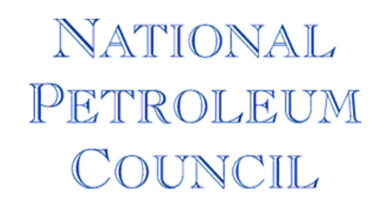HSE&T Corner: Risk assessment, defining event categories among key steps in Atwood Oceanic’s development of process safety framework
By Kelli Ainsworth, Associate Editor

In the drilling industry, the journey to process safety can often be much more complicated than the journey to personal safety. While the latter has already been built into the way the industry operates, many companies are still seeking the best way forward with the former. For Atwood Oceanics, although the company recognizes there is still a long road ahead, their journey to process safety has already resulted in “forward progress with regard to prediction and prevention, and even control of the possible process safety incidents that we might have offshore,” John Gidley, Vice President of HSE, said at the 2017 SPE/IADC Drilling Conference in The Hague, The Netherlands, on 15 March.
Atwood’s journey began by institutionalizing a management system process because “it’s not good enough to just decide as an organization that we’re going to start doing process safety… You need to have fundamental systems in place and management system elements which you can rely on.”
One of the most important components of Atwood’s process safety management was the HAZID and the risk assessment process, Mr Gidley said. Fully understanding the risks associated with an operation can drive key decisions about a company’s technical investments, particularly around the identification of safety-critical elements. The prioritization of corrective and preventive maintenance also requires an understanding of the risks so investments can be appropriately directed, he said.
At Atwood, risk assessments were done through workshops involving a collection of experienced personnel from operations, maintenance and marine. “When you get that level of expertise in the room, you can really understand what your risks are, what your hazards are, what your threat pathways are and what you have in place to actually control or mitigate those potential threats,” Mr Gidley said.
Atwood also had to define what process safety means for them, Mr Gidley said, noting that the company decided that a process safety incident wasn’t the top event. “What we’re looking at is really an incident which, in and of itself, if we fail to control it in some way, could lead to a major accident event,” he explained. This typically refers to events with fatalities or significant damage to assets or the environment.
Atwood decided on establishing three categories for process safety incidents: well integrity, marine integrity, and fire or explosion. Mr Gidley pointed out that such categories vary across the industry. He urged the industry to consider agreeing on a consistent set of categories for process safety incidents, perhaps through IADC, so there can be a more uniform understanding of such incidents.
No industry standard exists either for the classification of process safety incidents. Atwood uses a high/medium/low scheme, where a barrier event on the low end of the scale might be an unexplained loss of fire protection or extinguishing systems. A higher-end event could be the activation of a fixed fire extinguishing system after other extinguishing methods have failed and the fire has moved beyond its point of origin.
The company also tracks events where the driller decides to shut in the well. “We applaud that. We recognize it. We feel that that’s the ultimate stop-work obligation,” Mr Gidley said. To ensure that drillers understand they have both the authority and the responsibility to shut in the well, Atwood has placed plaques in all drillers’ cabins to serve as reminders. The company also engages in one-on-one conversations with drillers to ensure their understanding.
Identifying and defining barriers was another critical step in Atwood’s process safety journey. The company defined both technical barriers – the equipment and systems built into the rig that allow it to function and control the drilling process – and organizational barriers, “the man-machine interface that we have.”
“These activities require competent personnel to discharge them, and that requires that they have both technical and non-technical skills,” Mr Gidley said.
For more details about Atwood Oceanics’ work on process safety, please see SPE/IADC 184637, “An Offshore Drilling Company’s Approach to Process Safety Management.” DC




